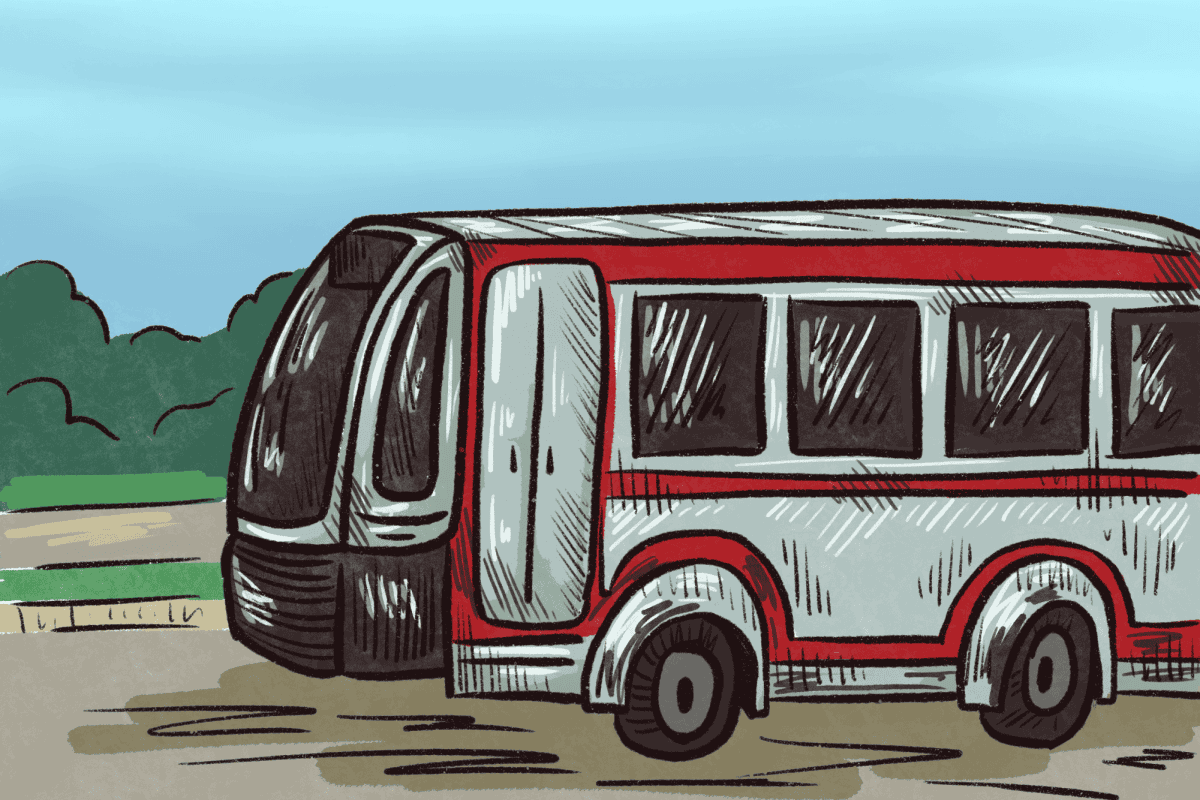Barack Obama called it our “Sputnik Moment” – the point in American history in which education takes center stage in domestic concerns. Yet for all the grand verbiage and detailed outlines, each bullet point seemed to stress one key factor – money.
Training 100,000 new teachers in mathematics, science, technology and engineering or restructuring federal education funding will not solve the inherent problem presented by today’s public education system; today’s public education system presents a critical dilemma with the students, not the teachers – namely, sheer and utter boredom.
In the current system, children are grouped from the beginning by age and work their way through high school graduation amongst the same peers who all learn the same facts about math, physics, history and the English language. Not once, though, have I ever heard an actual explanation of the reasoning behind this assembly line mentality – as Sir Ken Robinson puts it, at what point did we decide that children should be intellectually grouped according to age? There are many variables that affect the way individuals of all ages learn – from time of day to environment – the least of which is age itself.
Moreover, students are isolated in their studies. Not literally, of course – public schools often have class sizes in the 30s and 40s. From a learning standpoint, though, a student’s education is focused on the relationship between that one student and the teacher.
Steven Johnson, author of “Where Good Ideas Come From”, points to gathering places as the catalyst of big ideas – places where an individual’s hunches can collide with another’s to fill in the missing pieces of a grand concept. Specifically, Johnson calls attention to the Parisian salons of the Enlightenment and the coffee shops of the modernism movement as critical environments to intellectual growth.
Collaboration doesn’t mean simply putting students into groups every now and then to answer a question on the board. This means fostering a total environment in which students are free to explore ideas regarding problems using lateral thought. Allow students to arrive at a solution instead of handing it to them.
As for boredom itself, it should come as no surprise that the rate of ADD among students has risen with the increasing use of standardized tests. Frankly, I’d have a tough time paying attention if every single class and subject was presented as straight facts the way a standard history class is taught (by a football coach, of course). Teachers can’t do it any other way, though, because to have poor standardized test scores is to risk having the district be turned over to the federal government, the official arbiter of a school’s destruction.
Have you noticed adult ADD isn’t nearly as common? Maybe it’s because what they’re doing is actually interesting to them and utilizes that great personal fulfiller known as creativity, something that is largely ignored in modern public school systems.
Robinson defines creativity as the process of having original ideas that have value. Adults often don’t think of themselves as creative while children believe they possess it in spades. Could it be because children are simply naïve, or is it because the public system “educates” it out of them by the time they graduate?
Creativity is the birth place of great ideas both small and large; it’s one of the reasons Google has a “20 percent Rule.” Basically, an employee must spend 20 percent of his work week working on an idea – any idea – he personally finds interesting. That 20 percent has brought us Gmail, Google Voice, Google Earth, and a whole host of other innovations simply because Google recognized their employees’ need for a creative outlet.
Public education needs a “20 percent Rule.” It needs collaboration; it needs flexibility; it needs to be run on the smallest, most intimate scale possible. What it doesn’t just need is money.
John Davis is a junior majoring in hipster anatomy. You’ve probably never heard of it. His column runs weekly on Thursdays.






